Before you get the feeling, let me just tell you that you are going to get a major case of the deja vous. That’s because today, we did the same thing as yesterday. The only difference is that we actually got to go inside and check out all of the places. Since we got a good lay of the land yesterday while riding around in the street cars, we knew that we could just drive into town instead of relying on public transportation. The 4 miles we walked yesterday really wore us out.
First stop, Lafayette Cemetery #1.
This cemetery is one of the oldest in the city limits of New Orleans. It is owned by the city and dates back nearly 180 years. This cemetery was used as a shooting location for Anne Rice’s Interview with a Vampire as well as many other movies shot in New Orleans. Since it is owned by the city, movies are still allowed to use it as a location versus some of the other cemeteries owned by the churches who have since banned filming in them.
All of the cemeteries in New Orleans have above ground tombs. Since most of New Orleans is either at sea level or below, it is actually a good thing. Apparently they learned this the hard way when caskets would push themself above ground after being buried.
In these cemeteries, there are no limit in how many bodies can be entombed inside each tomb. The only limitation is that each body has to wait 366 days before another one can be placed. Since it gets so hot and humid here, the city wanted to have the bodies go through at least one full summer for proper decomposition to take place before they can be reopened. These tombs are usually owned by families who bury generations of deceased into each one. Some other bigger tombs can also be owned by societies that might have upwards of hundreds, sometimes thousands of bodies in each tomb.
As we walked about the cemetery, we found some tombs to actually be empty. This one has either been emptied for some reason or is owned by a family who has yet to bury anyone in it.
This one on the other hand is in the process of getting the stone replaced that covers the opening. I peaked inside real quick and saw a casket. Unfortunately, no sign of vampires.
Since we were here again in the Garden District, we were jonesing to go back to Juan’s Flying Burrito on Magazine street. Of all the places we have ate at so far in New Orleans, it stood out of one of the better lunch spots.
Marlene loved her Al Pastor burrito so much last time, she ordered it again. Me on the other hand, decided to try something new. The Kamehameha Nachos. It has everything you would expect on a plate of loaded nachos plus they added some flavors of the islands with delicious ingredients like mango chunks. We ate so much we almost had to be carried out of there again.
If you read yesterday’s post, you should know where we were headed next. World War II Museum. Except this time, we didn’t have to walk 2 miles to get there. It turns out that we made a wise decision to have our car here today. Rain was in the forecast and it had started sprinkling when we got done with lunch.
Outside of the WWII Museum, much of the brickwork that surrounds the building has veteran’s names engrave on them. I don’t know how many there are but probably in the 10’s of thousands of bricks.
The museum is a 3 story tall building that houses one of the largest WWII memorabilia collections in the world. It is set up into 2 sections separating the European/African theater of operations and the other side the Pacific theater. Many of the items in the museum have been donated by veterans of the war and some others are reproductions of the original.
Many people might wonder why the National World War II Museum would be located in New Orleans. I know I did. There are a couple of reasons for that. For one, the famous D-Day landing craft made so famous in movies like Saving Private Ryan that touched down on the beaches of Normandy were designed and built right here in New Orleans. Some people say that victory would not have been possible if wasn’t for them. Even Hitler was aware of the New Orleans native who designed the craft, Andrew Higgins. Hitler’s nickname for him was ‘The American Noah’.
The other reason is because one of the biggest WWII buffs in the world made New Orleans home. He is the founder of the museum and most of you would know him as the author of the book made popular by the HBO mini-series, Band of Brothers. Of course that person is Dr. Stephen Ambrose. He was a professor at the University of New Orleans and is considered the foremost expert in World War II history. Dr. Ambrose died in 2003 but his legacy lives on both in his books, movies, and as well as this museum.
The 88mm ground-to-air German gun is one of the guns what would have been used in D-Day to shoot down Allied planes bringing the paratroopers behind enemy lines. It was a fearsome weapon that was also used in disabling tanks in the field by the Germans.
The museum is designed to give the visitor a chronological view of how the war began for the United States. Even a bona fide WWII buff will surely learn a new thing or two through the exhibits.
Here is Ava checking out some steel pennies that were minted during the war in order for the government to save the copper for the war efforts.
Inside the museum you will find a full size replica of a German lookout tower that would have peered over the beaches of Normandy. A giant spotting scope was used in conjunction with another across the beach in order for the Germans to calculate firing position for the guns that pounded the Allied boys as they tried to make their way up.
From the beach, it looked just like a little concrete box with a narrow window spanning across the front. In reality, these lookout towers were over 4 stories high. The Germans built these defenses all along the Atlantic coast line in its occupied countries as they anticipated the Allied attack.
One of the things I did not know was the decoys that were used in the planning of the D-Day attack. As the Germans were anticipating an attack, the Allied forces placed inflatable trucks, tanks and boats along a secondary staging point in order to throw the Germans off of our scent. Even fake radio communications were sent out for the Germans to intercept. In the largest military operations ever in the history of warfare, Operation Overlord was a do-or-die plan that started the invasion of Europe.
In the other section of the museum, the war in the Pacific was the focus of the exhibit. This side of the war is often over-shadowed by the battles fought in Europe. Aside from the first atom bombs dropped in Nagasaki and Hiroshima that ended the war, many of the stories about the Pacific War are not well known by many of the American public as compared to the battles fought in the west.
Some of the displays in the museum were designed to give the visitors are short but concise overview of the events it represents. The museum curators did an amazing job in making the exhibits interesting and engaging. Lots and lots of memorabilia are on display that really gives the visitors a hands-on perspective on what the soldiers would have used during the war.
Here is a display of what the American soldiers would have carried on them in the Pacific theater as compared to what the Japanese soldiers carried.
The exhibit also showed a much more gruesome part of the war in the Pacific that is so graphic, there are warning signs outside of the building warning the parents of the display. The Japanese military in WWII adopted a samurai style of battle named ‘bushido’ that created a violent style of warfare based in honor and loyalty. It is the root of the kamikaze style of fighting that put the Japanese fighter pilots on the map in Pearl Harbor as their suicide missions cause much casualties that fateful day.
The Japanese were so despised in America during the war, there were anti-Japanese posters such as this one above on display in many places that would never be deemed acceptable today.
The entire museum probably is a 3-hour ordeal if you wish to soak in every aspect of the exhibit. We got to there today around 3pm so we had to rush through towards the end as they close each day at 5pm.
Much to Ava’s delight, we got the boot promptly at 5pm. She had enough of the place long before we were kicked out at closing time. The only other museums we had taken her to before this one were Children’s Museums where she basically got to play with toys. She hung in there with us for the most part but definitely spent a good amount of time on the floor bored out of her mind.
over and out,
dan
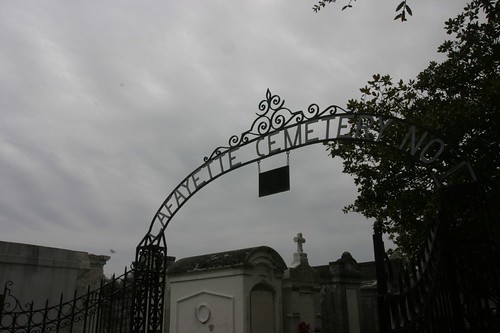
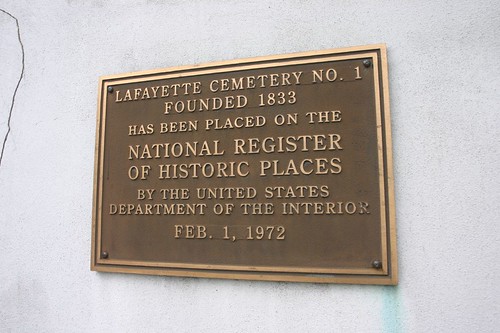
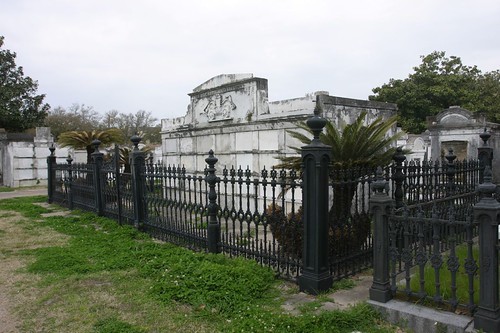
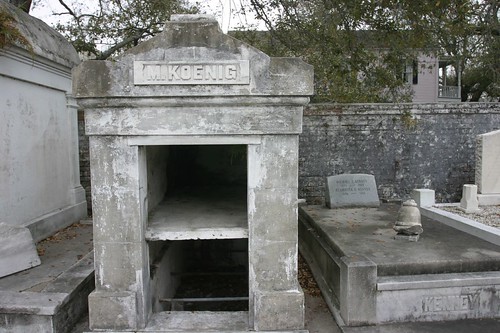
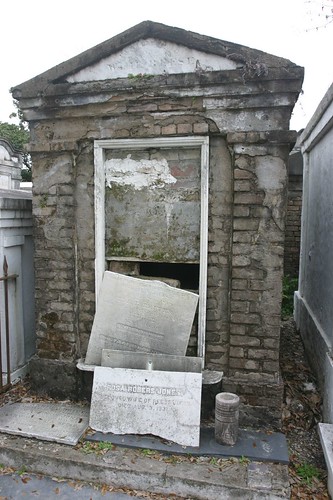
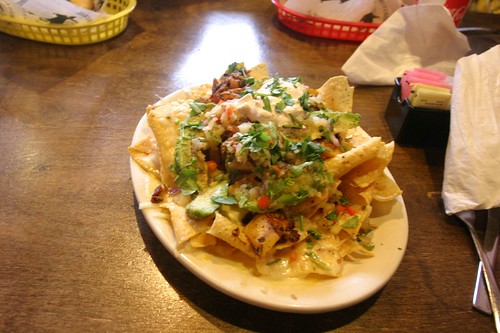
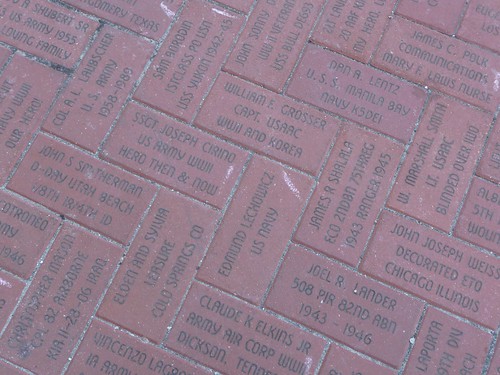
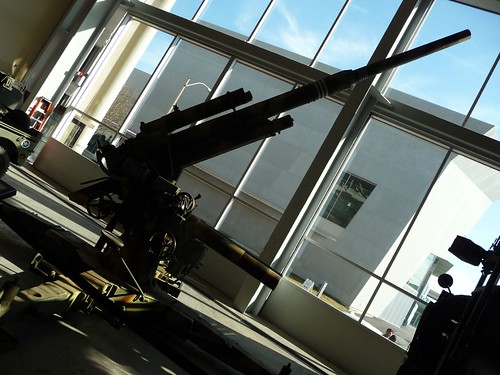
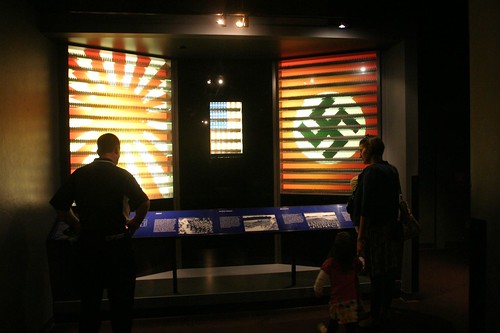
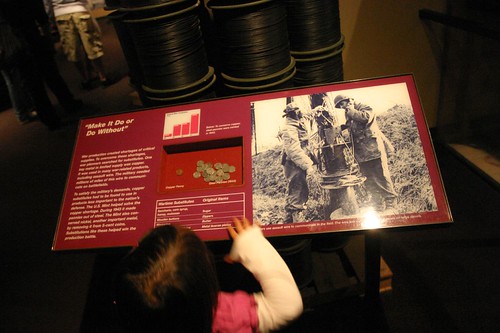
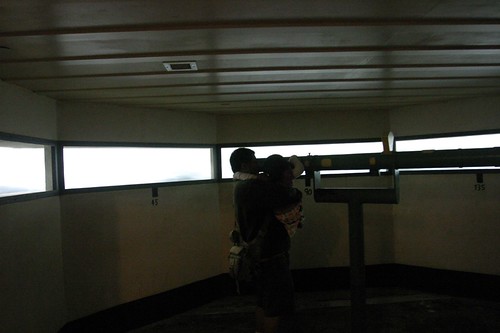
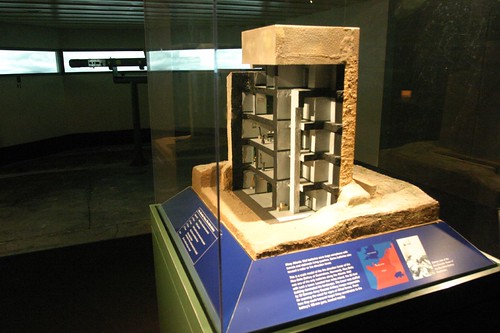
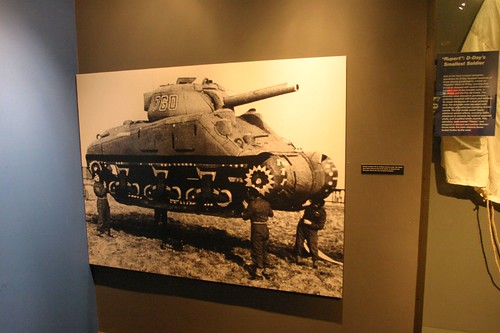


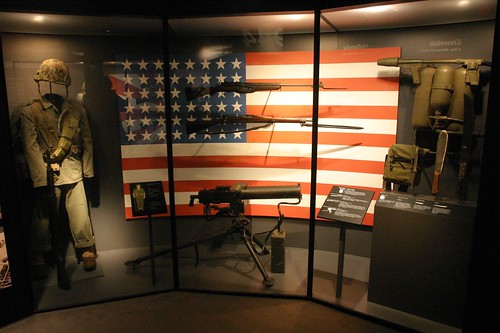
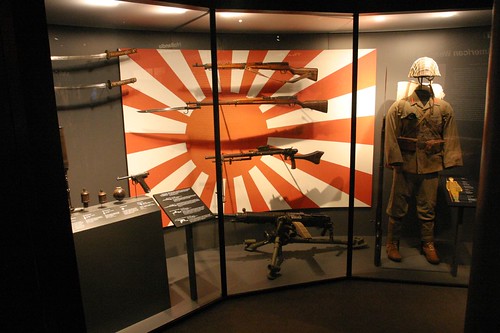

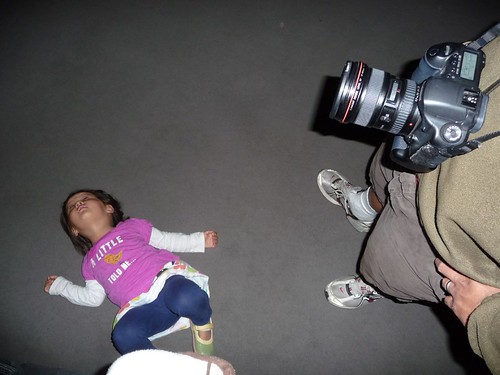

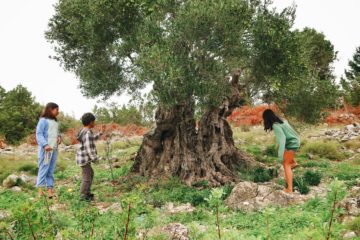
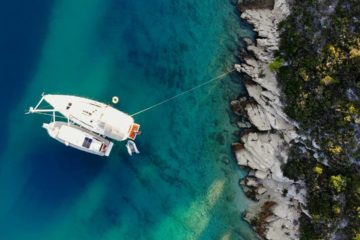
2 Comments
Tonya · March 11, 2010 at 7:48 am
Loved reading your post! My family just traveled through New Orleans last week with this one destination in mind. I lost the menfolk inside, but didn’t mind so much. The museum is certainly one of the best that we’ve experienced. My husband was disappointed that there weren’t more of the actual tanks and armored vehicles, but that was the one negative. I guess my only negative would be that even spending 3 hours, it just seems like there is so much to see! There were quite a few vets there from WWII when we were there and I found it fascinating to hear their stories. Blessings on your journey!:)
marlene · March 11, 2010 at 8:18 am
Thanks Tonya! I agree that the museum was great. So much to see. We would have gone back the next day to catch what we missed but I think out toddler would have lost it 🙂